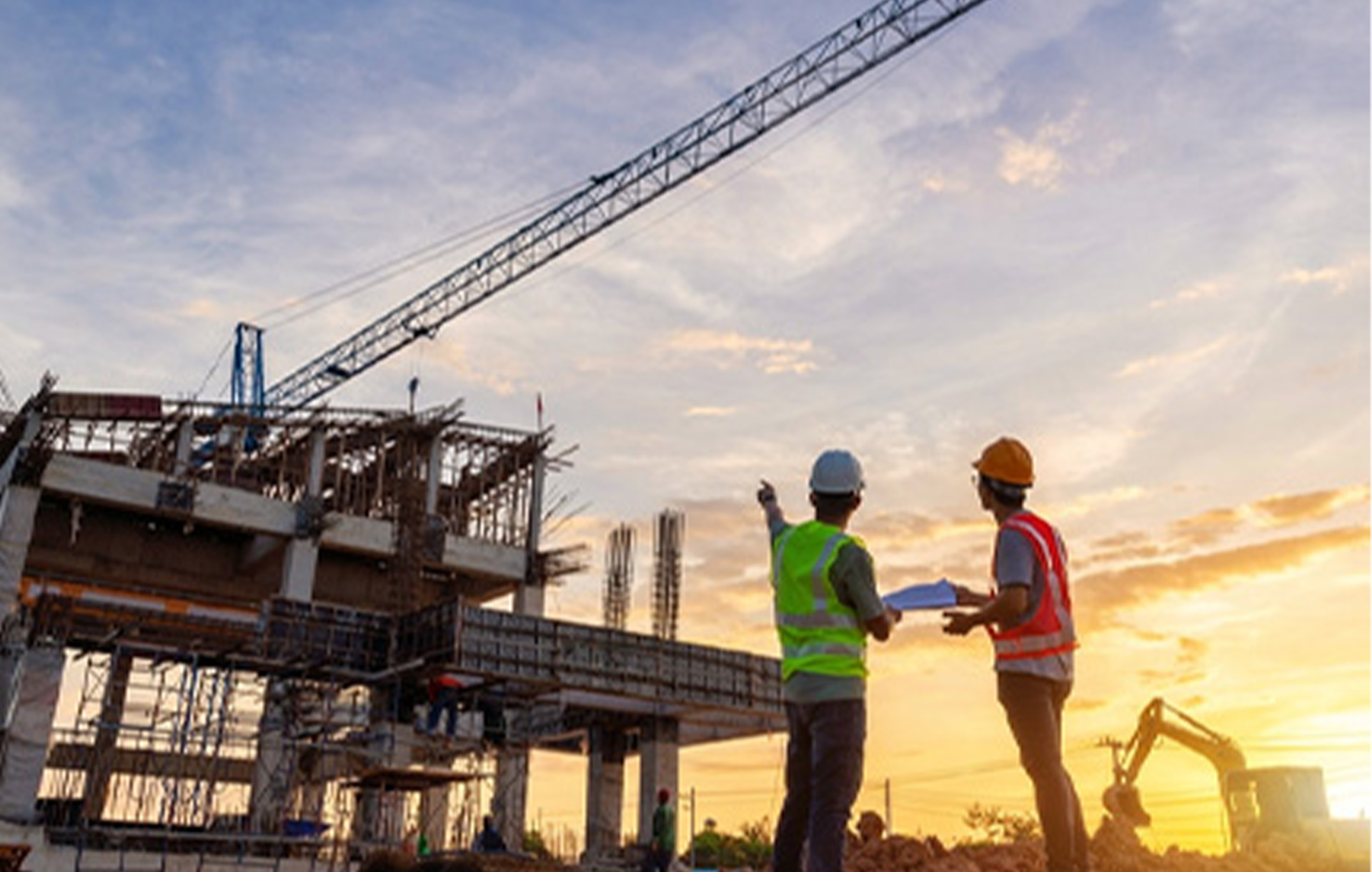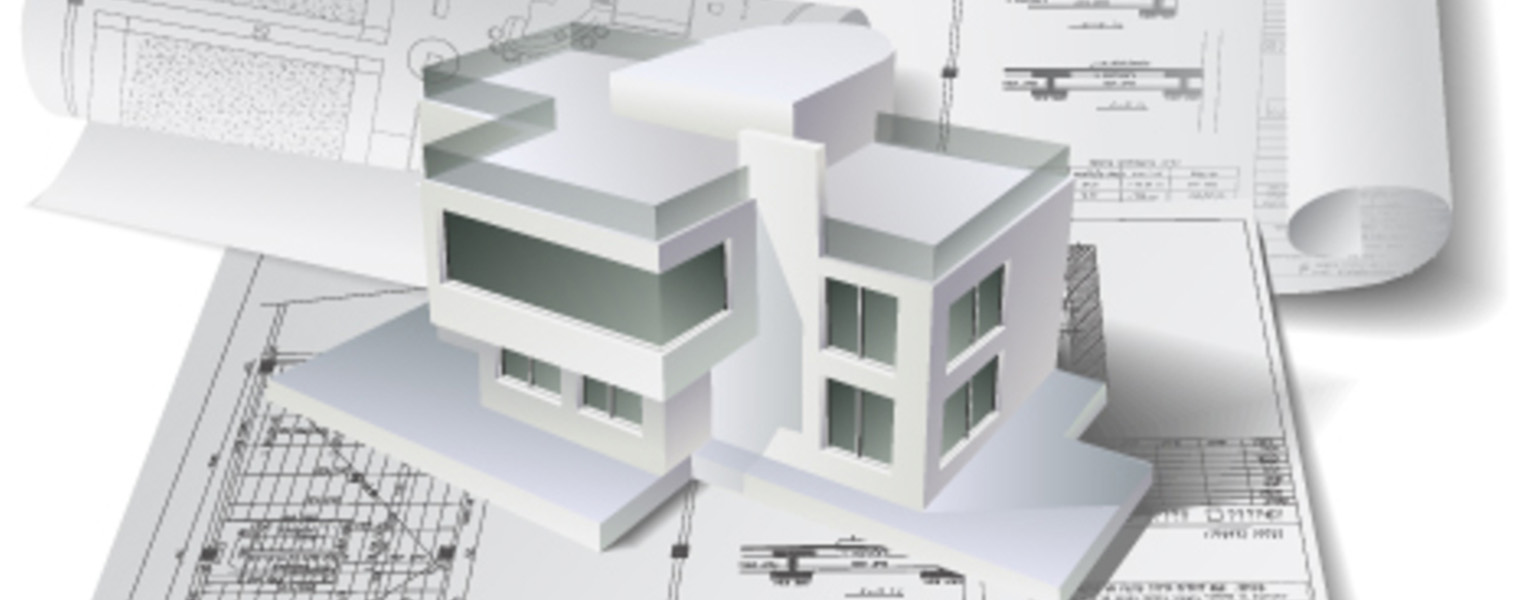Precision and accuracy are paramount, especially when it comes to structural steel detailing. From skyscrapers to bridges, every project relies on meticulous planning and execution to ensure safety and longevity. Mastering the art of structural steel detailing requires a combination of expertise, attention to detail, and the right tools.
Here are some tips to help you achieve precision and accuracy in your steel detailing endeavors:
1.Invest in Quality Software:
The foundation of accurate structural steel detailing lies in the software you use. Invest in reputable software specifically designed for steel detailing, such as Tekla Structures or Autodesk Advance Steel. These tools offer advanced features tailored to the complexities of steel structures, allowing you to create precise models and detailed drawings with ease.
2.Understand Design Standards:
Familiarise yourself with your local industry standards and codes related to structural steel detailing, such as AISC (American Institute of Steel Construction) standards, Australia Steelwork Compilance Standard (SCS) etc. Understanding these guidelines ensures compliance with safety regulations and helps you create designs that are structurally sound and reliable.
3.Focus on Detailing Standards:
Pay close attention to detailing standards for structural steel components, including connections, welds, and bolted joints. Proper detailing not only ensures accuracy but also facilitates efficient fabrication and construction processes.
4.Collaborate Effectively:
Communication is key to successful steel detailing projects. Collaborate closely with architects, engineers, and other stakeholders to clarify design intent, resolve potential conflicts, and ensure alignment throughout the detailing process. Clear communication helps prevent errors and ensures that the final product meets everyone’s expectations.
5.Double-Check Dimensions and Specifications:
Take the time to double-check dimensions, specifications, and material requirements at every stage of the detailing process. Even minor discrepancies can lead to costly rework and delays during fabrication and construction. Paying attention to detail minimizes errors and ensures that the final product meets design requirements.
6.Stay Updated on Industry Trends:
The field of structural steel detailing is constantly evolving, with new technologies and methodologies emerging regularly. Stay updated on industry trends, attend workshops, and seek opportunities for professional development to enhance your skills and stay ahead of the curve.
Mastering structural steel detailing requires dedication, expertise, and a commitment to excellence. At Collaborative Engineering Services, we are proud to offer comprehensive detailing services that deliver precision, accuracy, and quality craftsmanship. Contact us today to learn more about how we can support your next steel detailing project.








